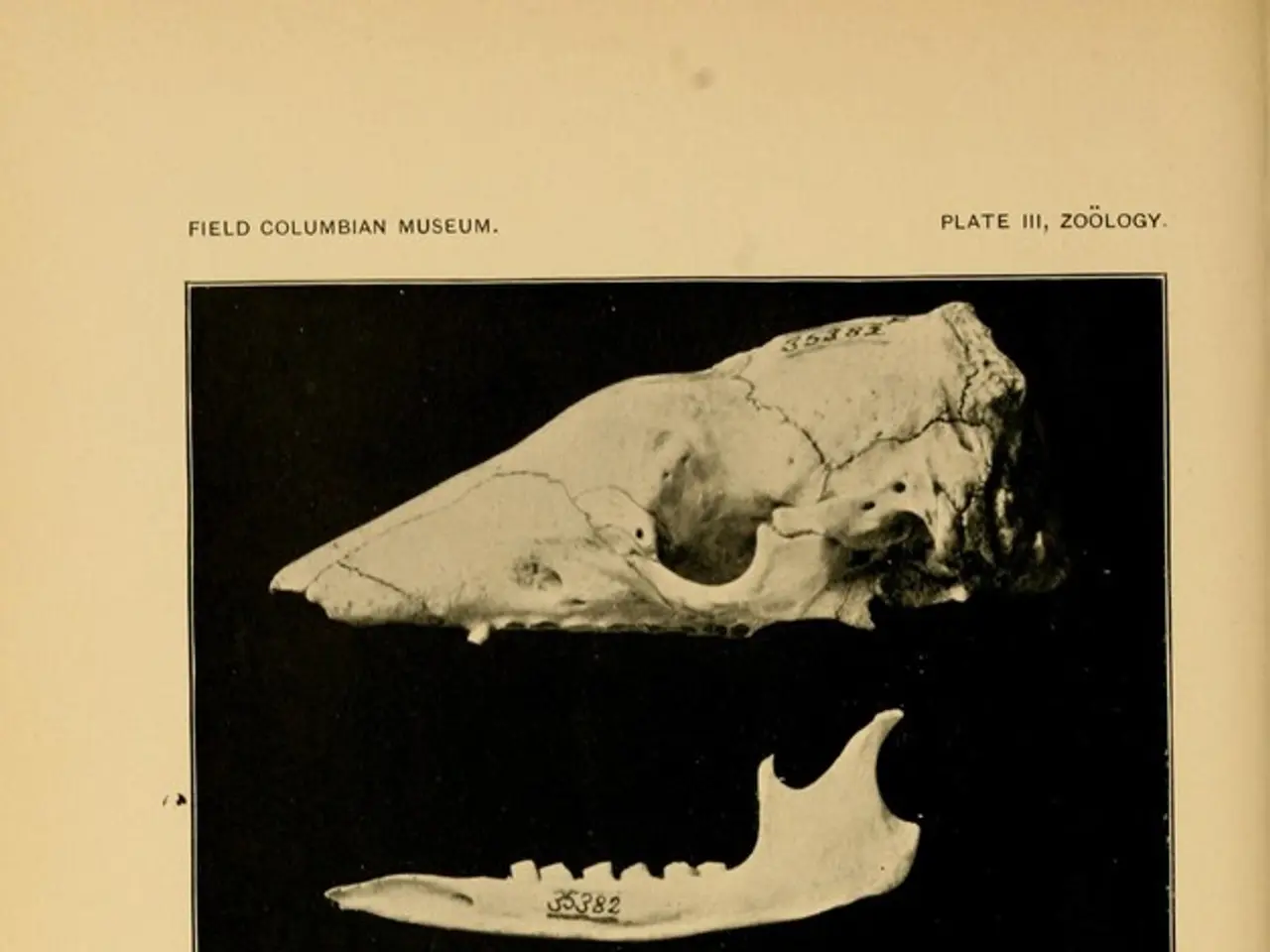Spinal Tumor Classifications: Positioning, Identification, and Therapeutic Approaches
Spinal tumors, while less common than other types of cancer, can have a significant impact on an individual's health and quality of life. These tumors can develop either within the spinal cord or nearby, and they can be primary or secondary.
Primary spinal tumors originate within the spine or spinal cord itself. These tumors account for a smaller percentage of all spinal tumors. On the other hand, secondary spinal tumors are metastatic tumors that have spread from cancers located elsewhere in the body, such as lung, breast, or prostate cancer. Secondary spinal tumors are more common.
Primary spinal tumors can be categorized by their location relative to the spinal cord and its membranes. Intramedullary tumors arise within the spinal cord, such as astrocytomas and ependymomas. Extramedullary tumors develop outside the spinal cord but inside the dura mater (the spinal cord’s protective membrane), including meningiomas and schwannomas. Extradural tumors are located outside the dura, often involving vertebrae or the epidural space; many metastatic tumors are extradural.
Secondary spinal tumors are mostly extradural and result from metastatic spread to vertebrae or the epidural space from distant primary cancers.
Symptoms of spinal tumors vary depending on tumor type and location but generally include localized spinal pain, neurological deficits such as weakness or paralysis in limbs, sensory changes (numbness, tingling), loss of bladder or bowel control, gait disturbances, or coordination problems.
There are several types of primary and secondary spinal tumors. Astrocytomas are another type of glioma that begin in astrocytes and span an average of 5-6 vertebrae. Osteosarcoma is an extradural cancer that is fairly uncommon in the spine and most often affects the thoracic and lumbar vertebrae. Ependymomas are one of the most common forms of intramedullary tumors, a kind of glioma that develops in glial cells. Hemangiomas are extradural tumors that form from blood vessel tissues and commonly occur in the thoracic and lumbar spine. Chondrosarcomas grow in the spinal column from cartilage cells surrounding bone and affect the thoracic spine. Hemangioblastomas span more than 1 or 2 vertebrae and commonly form cysts. They are more likely to affect males. Chordomas are slow-growing tumors that can develop along the spinal column's length. Meningiomas are among the commonest forms of intradural-extramedullary spinal tumors and develop in the meningeal tissues.
In 2016, around 90% of spinal tumors were found to be secondary. Intradural-intramedullary tumors develop within the spinal cord and account for around 10% of all spinal tumors. Approximately 70% of secondary spinal tumors develop in the thoracic and thoracolumbar areas, while 20% develop in the lumbar spine and sacrum.
Ewing sarcoma is an extradural cancer that affects children and young adults. Primary spinal tumors begin in or around the spinal cord and are fairly uncommon. Lipomas are noncancerous lumps of fat that can sometimes enter the spinal cord. Secondary spinal tumors, also known as metastatic spinal tumors, begin in another body part and spread to the spine.
In summary, primary spinal tumors originate inside or near the spinal cord and are less common, often presenting with progressive neurological symptoms depending on tumor location. Secondary spinal tumors are more frequent, arising from metastatic spread mainly to the vertebrae, typically causing localized spinal pain and neurological compromise due to compression. It is essential to understand these differences to provide appropriate treatment and care for those affected by spinal tumors.
- Apart from being less common, primary spinal tumors like ewing sarcoma can affect children and young adults, originating outside the spinal cord but within its protective membrane.
- Science and medical-conditions often intertwine when discussing health-and-wellness, and spinal tumors, such as ewing sarcoma, can significantly impact an individual's quality of life by causing localized spinal pain and neurological deficits.
- Simultaneously addressing both physical health (spinal tumors) and mental health is crucial for overall well-being. CBD, a popular wellness product, might help alleviate pain from spinal tumors, thereby improving the patient's mental state.




